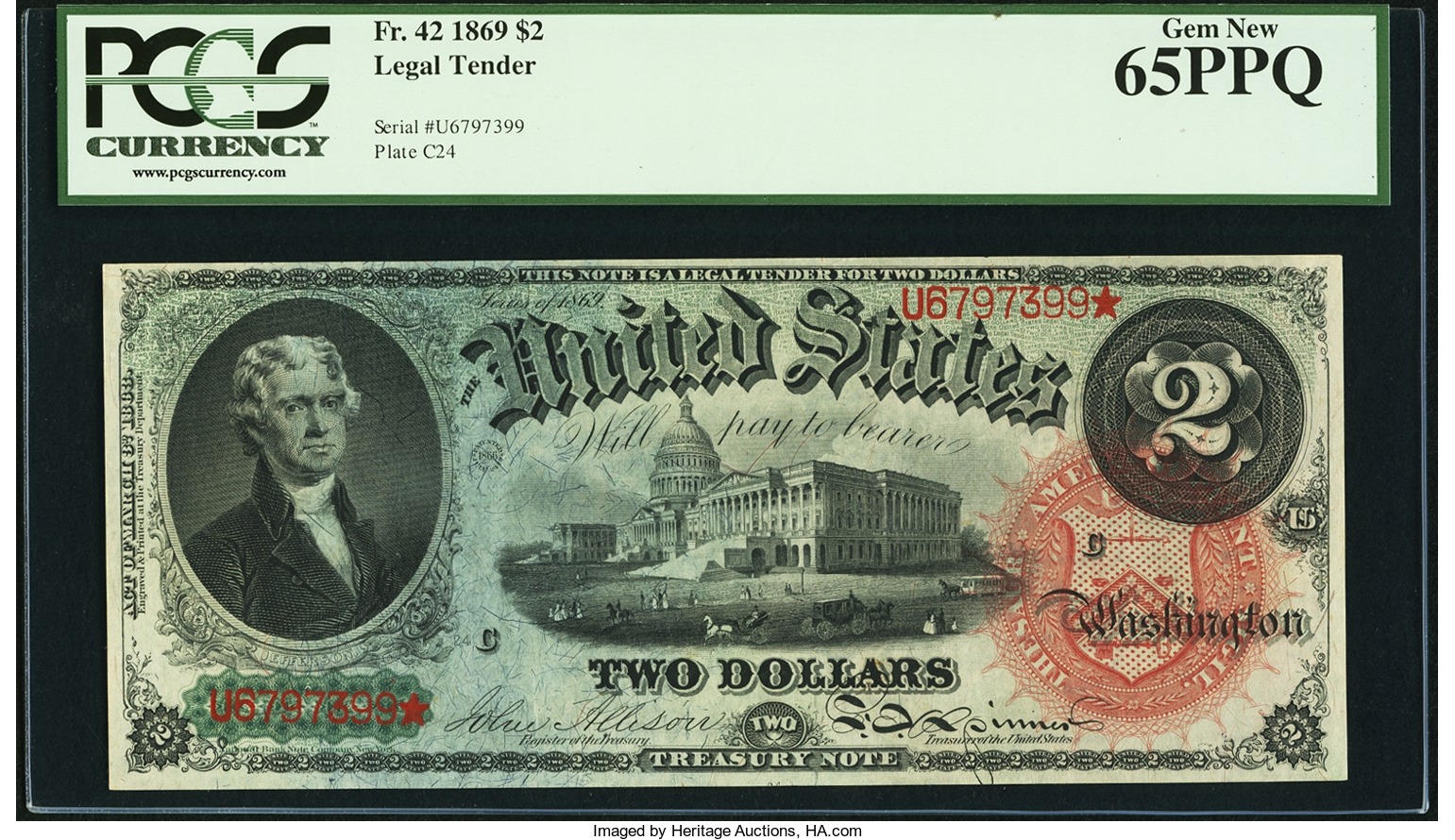
By Jim O’Neal
I have never been to Mount Vernon, but if you want to pay your respects to George Washington, that’s the place to go. On the other hand, if you want to see Washington’s Tomb – and many thousands do each year – it is two stories below the Rotunda of the U.S. Capitol Building in Washington, D.C. A man named William Thornton (a British-American architect) designed the Capitol with a place for George and Martha to be interred, along with an appropriate statue for our first president.
However, Washington directed in his will that his body should be placed in a simple tomb at Mount Vernon and, as usual, he got his way. He also stipulated that his slaves were to be set free (one may have escaped earlier). Martha had brought 84 slaves into their marriage from a previous marriage and upon her death they and their dependents reverted back to her first husband’s estate.
Congress would later disagree and pass several resolutions to have him interred in the capital. Martha finally agreed. But, it took too many years to finish the Capitol Crypt and the new owners of Mount Vernon refused to let Washington’s remains be disturbed. This tug-of-war went on for several years, primarily between the Northern politicians and Southern legislators who definitely demanded the South due to his southern heritage. With George Washington, it is easy to forget that the “Father of our Country” was only 43 years old when he took over the American forces in the Revolutionary War … matching JFK’s age as the youngest man ever elected president. Teddy Roosevelt was 42 when he assumed the presidency, but that was only after President McKinley was assassinated in 1901.
From another perspective, the highly respected Ben Franklin was 26 years old when Washington was born, literally another generation. Even Washington’s death on Dec. 14, 1799, was not primarily related to old age since he was only 67. The story is he had been riding horseback for several hours at Mount Vernon in the rain and sleet, went home to join dinner guests … did not change the wet clothes … and woke up at 2 a.m. with a sore throat and trouble breathing. Three doctors were called since pneumonia was suspected.
George was a staunch believer in the therapeutic benefits of bloodletting (as were most doctors for 2,000 years) and some versions assert that some blood was drained before doctors arrived and they ended up taking about 40 percent of his blood over the next 10-12 hours until he grew weak and died. The current speculation is that the cause was epiglottitis – an infection of the cartilage covering the windpipe that swells and blocks the flow of air into the lungs. One thing is certain: Bloodletting was directly involved in the cause of death, irrespective of the specific set of circumstances that contributed to his death.
To fully appreciate Washington, it helps to go back to the period before the Constitution and the eight years of his presidency.
By 1787, it was clear that the Articles of Confederation would benefit from updating. Each state governed themselves with elected representatives and these same representatives had to elect a national government that was weak without an independent executive and a Congress without taxing power. Any amendments required all 13 states to agree and even important legislation required approval of nine states. So a weak minority could easily thwart the will of the many. George Washington wryly observed, “We are left with a shadow without substance.”
So began the push to create a stronger national government.
The story of the Declaration of Independence from Great Britain – a seven-year war against the most powerful country in the world, under-manned, out-gunned farmers with pitchforks and rocks, the formation of the Articles of Confederation to bring together a disparate group of migrants, scrapping it all to form a Constitutional Congress, with the world’s first Constitution – is a tale worth telling to those who want to radically change it.
It’s an American story!
 Intelligent Collector blogger JIM O’NEAL is an avid collector and history buff. He is president and CEO of Frito-Lay International [retired] and earlier served as chair and CEO of PepsiCo Restaurants International [KFC Pizza Hut and Taco Bell].
Intelligent Collector blogger JIM O’NEAL is an avid collector and history buff. He is president and CEO of Frito-Lay International [retired] and earlier served as chair and CEO of PepsiCo Restaurants International [KFC Pizza Hut and Taco Bell].

